
The Ongoing DDT Cover-Up
23rd March 2024 Claims that insecticides protect people from disease vectors such as ticks (e.g. Lyme disease) and mosquitos (e.g. Dengue and Yellow fever) are

23rd March 2024 Claims that insecticides protect people from disease vectors such as ticks (e.g. Lyme disease) and mosquitos (e.g. Dengue and Yellow fever) are
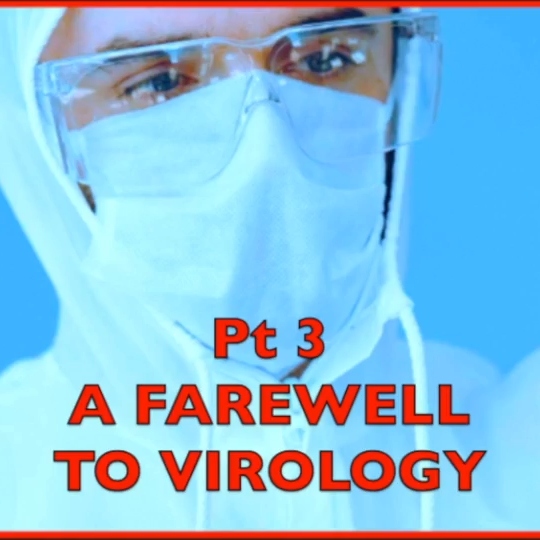
16th March 2024 This is Part 3 of the film version of Dr Mark Bailey’s essay A Farewell to Virology (Expert Edition), produced by Steve Falconer.

16th March 2024 In this episode we address the following: Any exception to take antibiotics? (11:50) Fibromyalgia (15:37) Worming dogs (26:16) Alzheimer’s & plasmalogens (31:13)

9th March 2024 We are expected to believe that “pathogens” are coming at us with increasing frequency and usually these are in the form of
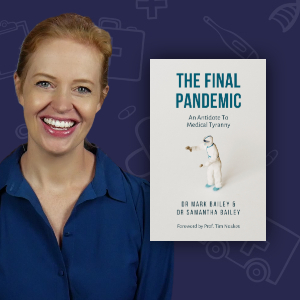
24th February 2024 Our new book The Final Pandemic – An Antidote to Medical Tyranny has been over 18 months in the making and we
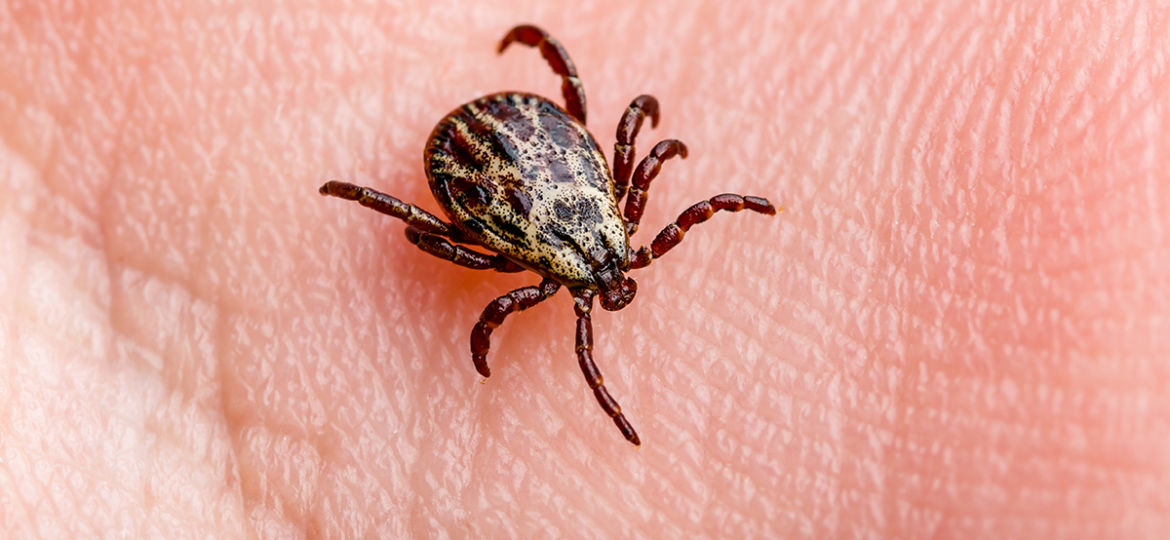
Over the past few years, there have been a lot of requests for us to say something about Lyme disease, so I decided it was time to dedicate an article (and a video) to the topic.

16 February 2024 In this episode we address the following: DNA contamination of mRNA vaccines (08:20) Warts – causes and treatments (14:42) “Flesh-eating bacteria” (20:19)
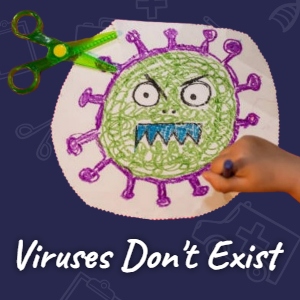
11th February 2024 We are now over four years into the COVID-19 fraud and while many things have changed, confusion remains the dominant theme. More

4th February 2024 The subtitle of our book Virus Mania is “How the Medical Industry Continually Invents Epidemics, Making Billion-Dollar Profits at Our Expense” and

31 January 2024 In this episode we address the following: Cystic Fibrosis genetic testing and related antenatal tests (06:43) Foods for Rheumatoid Arthritis and general
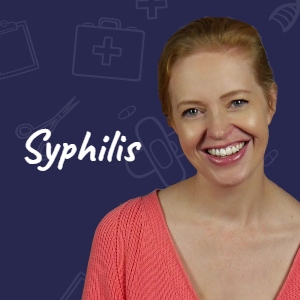
28th January 2024 As we documented in Virus Mania, the medico-pharmaceutical industry specialises in inventing epidemics that enrich and benefit a small number of beneficiaries

20th January 2024 “The Plague” or “The Black Death” was said to have wiped out half of Europe’s population in the mid-1300s to earn the